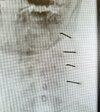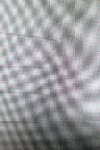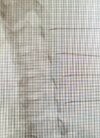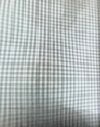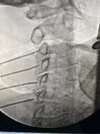- Joined
- Jul 28, 2014
- Messages
- 179
- Reaction score
- 57
In fellowship we were traditionally taught to aim for waist of lateral mass on AP and then advance on lateral until needle is at "center of the trapezoid" but based on figures like below is this really necessary?
Why not aim medial of waist on AP and just catch medal branch farther away from the foramen? Wouldn't this be faster (no lateral/CLO needed) and safer?
On a loosely related note I've heard in Korea they also do a direct AP approach like described in this article although this appears different as it specifically targets the sensory fibers innervating the facet capsule:

 pubmed.ncbi.nlm.nih.gov
pubmed.ncbi.nlm.nih.gov
Why not aim medial of waist on AP and just catch medal branch farther away from the foramen? Wouldn't this be faster (no lateral/CLO needed) and safer?
On a loosely related note I've heard in Korea they also do a direct AP approach like described in this article although this appears different as it specifically targets the sensory fibers innervating the facet capsule:

Direct Posterior Bipolar Cervical Facet Radiofrequency Rhizotomy: A Simpler and Safer Approach to Denervate the Facet Capsule - PubMed
Radiofrequency cervical rhizotomy has been shown to be effective for the relief of chronic neck pain, whether it be due to soft tissue injury, cervical spondylosis, or post-cervical spine surgery. The target and technique have traditionally been taught using an oblique approach to the anterior...


